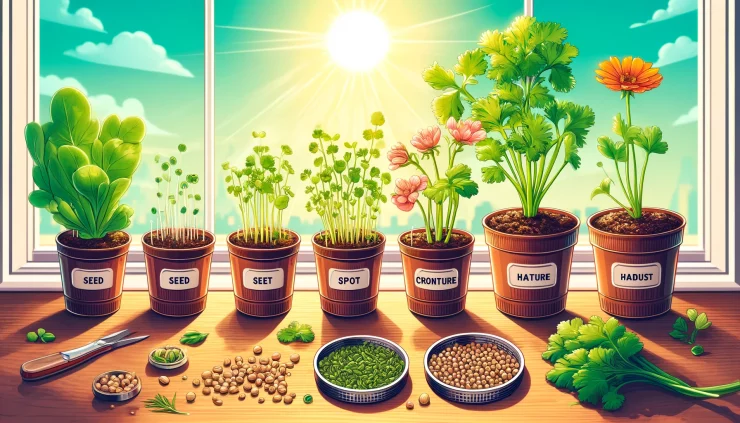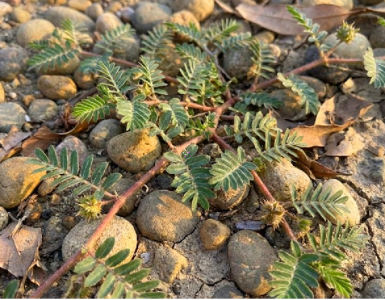Coriander, also known as cilantro or Chinese parsley, is a versatile herb widely used in culinary dishes around the world. Growing coriander at home in containers not only provides you with a fresh and readily available supply of this flavorful herb but also offers the satisfaction of nurturing your own garden. Whether you’re an experienced gardener or a novice enthusiast, here’s a guide to help you grow coriander successfully right at home.
Choosing the Right Container
Selecting the appropriate container is crucial for growing coriander. Opt for a container that is at least 8 to 12 inches deep to accommodate the herb’s long taproot system. Make sure the container has sufficient drainage holes to prevent waterlogging, which can lead to root rot. You can choose clay pots, plastic containers, or wooden boxes, depending on your preference and available space.
Soil Requirements
Coriander thrives in well-draining, fertile soil with a slightly acidic to neutral pH level. Use a lightweight potting mix rich in organic matter, such as compost or aged manure, to ensure optimal growth. Avoid compacted or heavy soils, as they can impede root development and water drainage.
Sowing Coriander Seeds
Coriander seeds can be directly sown into the container or started indoors and later transplanted. If sowing directly, sprinkle the seeds evenly over the soil surface and lightly press them into the soil. Keep the seeds moist until germination, which typically takes 7 to 10 days. Thin out the seedlings to provide adequate spacing, allowing each plant to have ample room to grow.
Sunlight and Watering
Coriander prefers full sun to partial shade, so place the container in a location that receives at least 6 hours of sunlight per day. Water the plants regularly to keep the soil consistently moist but not waterlogged. Be mindful not to overwater, as coriander is susceptible to root rot in soggy conditions. Mulching the soil surface can help retain moisture and regulate soil temperature.
Maintenance and Harvesting
Fertilize the coriander plants with a balanced liquid fertilizer every 2 to 3 weeks to promote healthy growth. Pinch off any flowers that develop to encourage leaf production, as coriander tends to bolt and turn bitter once it flowers. Harvest the leaves when they reach the desired size, typically 3 to 6 inches tall, by snipping them off with scissors or pruning shears. You can also harvest the seeds, known as coriander seeds, when the plant produces umbels of small white flowers.
Growing coriander at home in containers is a rewarding and straightforward process that allows you to enjoy fresh herbs right at your fingertips. With the right container, soil, sunlight, and watering regimen, you can cultivate a thriving coriander garden regardless of your gardening experience. Whether you use it to garnish dishes, add flavor to recipes, or enjoy its aromatic scent, homegrown coriander is sure to enhance your culinary adventures. So roll up your sleeves, sow some seeds, and embark on a journey from seed to spice right in your own home.






Add comment